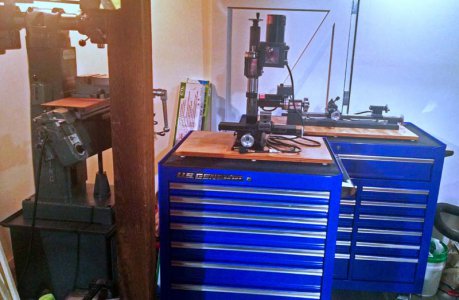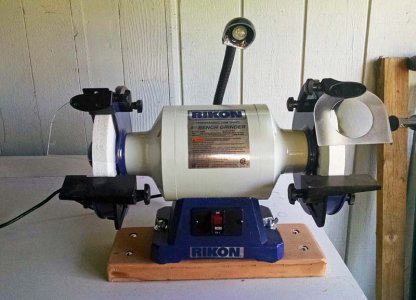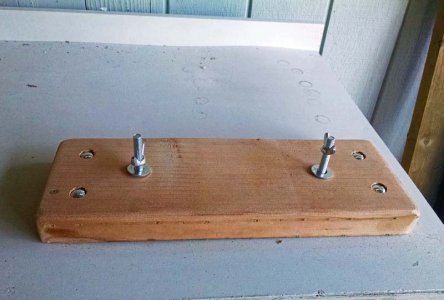Hello everyone,
This is my first post. Recently bought a Sherline lathe for small jobs related to building split bamboo fishing rods; I have a million questions but I'm gradually finding answers at this forum & online. Here are two that bubbled up.
1. For grinding HSS bits; what grit wheels should I have on my little Delta 6 inch grinder? I should mention that I have no spare room in my shop; when the grinder comes out something else has to go away. No room for a bigger grinder at this time.
2. What height do people recommend for a bench for the small lathe? For woodworking, I like a bench around 36 inches (I'm 5'11', or was before I got old and shrank.)
Thanks; glad to find this forum.
Frank
This is my first post. Recently bought a Sherline lathe for small jobs related to building split bamboo fishing rods; I have a million questions but I'm gradually finding answers at this forum & online. Here are two that bubbled up.
1. For grinding HSS bits; what grit wheels should I have on my little Delta 6 inch grinder? I should mention that I have no spare room in my shop; when the grinder comes out something else has to go away. No room for a bigger grinder at this time.
2. What height do people recommend for a bench for the small lathe? For woodworking, I like a bench around 36 inches (I'm 5'11', or was before I got old and shrank.)
Thanks; glad to find this forum.
Frank



